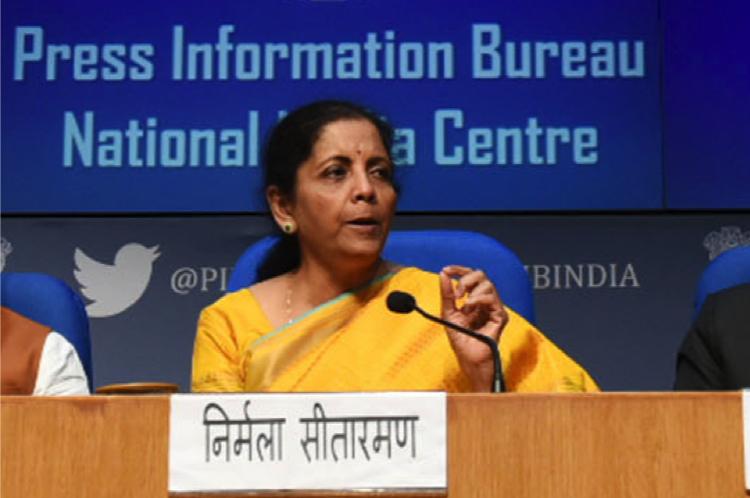
While the debate around what is good and what is not in the Union Budget 2020 presented by Finance Minister Nirmala Sitharaman continues—with many still trying to figure out how the new income tax regime of more tax slabs and removal of exemptions would impact different taxpayers—there is one thing that is unambiguous in the budget—technology is becoming more and more ingrained in all policies, plans and programs.
The importance of technology in the government’s scheme of things can be gauged from the fact that the finance minister started her budget speech with her vision for Indian business that has technology as one of the pillars.
“Let our businesses be innovative, healthy and solvent with use of technology,” she said.
And she made the reason very clear. “I am mindful of presenting this budget in the backdrop of two cross-cutting developments,” one of which she said is “proliferation of technologies, specially analytics, machine learning, robotics, bio-informatics and Artificial Intelligence.”
She also reiterated the government’s reliance on digital channels, when she articulated one of the top aims of the government—to achieve seamless delivery of services through Digital governance.
Here are 10 areas where she specifically referred to technology interventions to increase efficiency, effectiveness or both:
- Health: Using machine learning and AI, in the Ayushman Bharat scheme, health authorities and the medical fraternity can target disease with an appropriately designed preventive regime.
- Urban Planning: She proposed to develop five new smart cities in collaboration with States in PPP mode.
- Energy: She talked of promoting “smart” metering. “I urge all the States and Union Territories to replace conventional energy meters by prepaid smart meters in the next 3 years,” she said.
- Corporate: To enable the firms to skilfully incorporate data in every step of their value chain, Sitharaman said, the government would bring out a policy to enable private sector to build Data Center parks throughout the country.
- Rural development: “Our vision is that all “public institutions” at Gram Panchayat level, such as Anganwadis, health and wellness centers, government schools, PDS outlets, post offices and police stations will be provided with digital connectivity,” she said. She said Fibre to the Home (FTTH) connections through Bharatnet will link 100,000 gram panchayats this year and allocated INR 6000 crore to Bharatnet program in 2020-21.
- Intellectual Property: A digital platform would be promoted that would facilitate seamless application and capture of IPRs.
- Multiple Areas: Identifying quantum computing as a technology with multiple applications, the FM proposed an outlay of INR 8000 crore over a period five years for the National Mission on Quantum Technologies and Applications.
- Statistics and Data Collection: The proposed new National Policy on Official Statistics, she said, would use latest technology including AI. “It would lay down a road-map towards modernized data collection, integrated information portal and timely dissemination of information,” she added.
- MSMEs: An app-based invoice financing loans product will be launched. This will obviate the problem of delayed payments and consequential cash flows mismatches for the MSMEs, she said. It may be noted that this is an area where Blockchain has been applied most commonly, beyond banking.
- Indirect tax: Electronic invoice will be implemented in a phased manner starting from this month itself on optional basis, she announced saying that it would facilitate compliance and return filing. She also revealed that Aadhaar-based verification of taxpayers is being introduced to help weeding out dummy or non-existent units. She also said Dynamic QR-code is proposed for consumer invoices so that GST parameters can be captured when payment for purchases is made through the QR code. In fact, indirect tax would see many applications of new technologies. Deep data analytics and AI tools are being used for crackdown on GST input tax credit, refund, and other frauds and to identify all those who are trying to game the system.

 In
In
Comments
Inhaler Purchase United
Inhaler Purchase United States Preenseexott https://acialisd.com/# - Cialis steaxDag wikipedia cialis Chorkrit <a href=https://acialisd.com/#>Cialis</a> reureaufarma Elimite
Add new comment